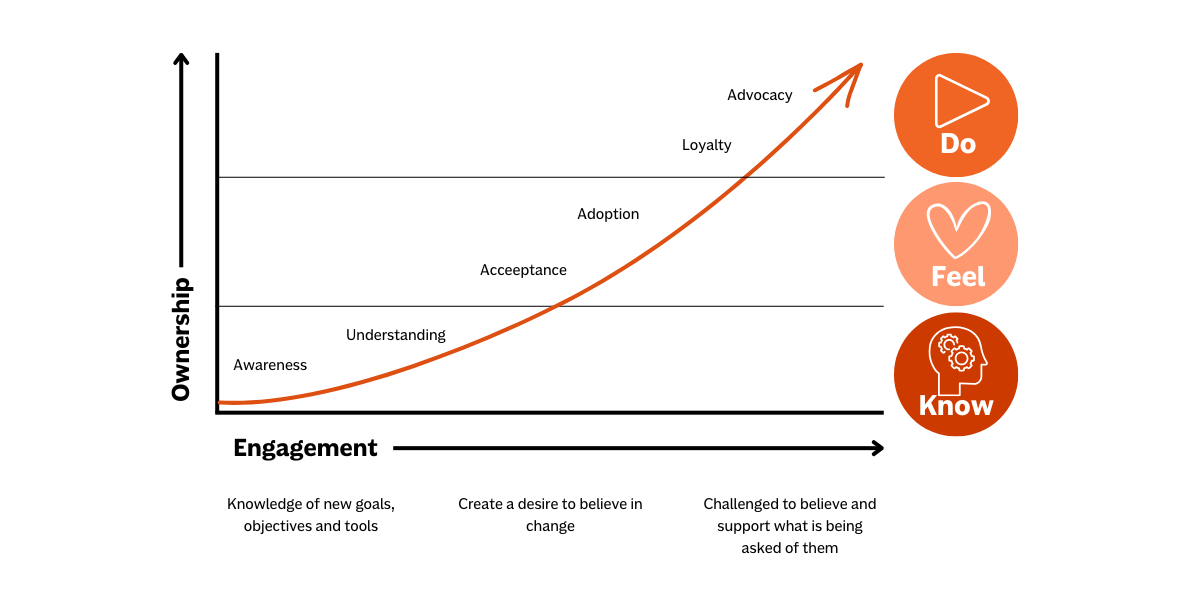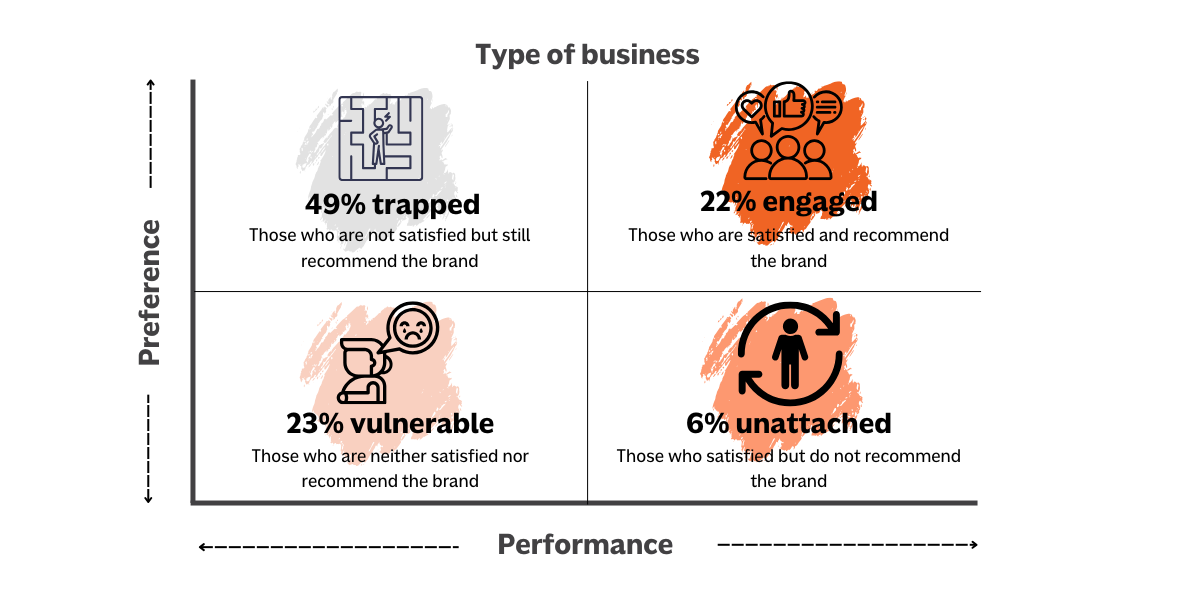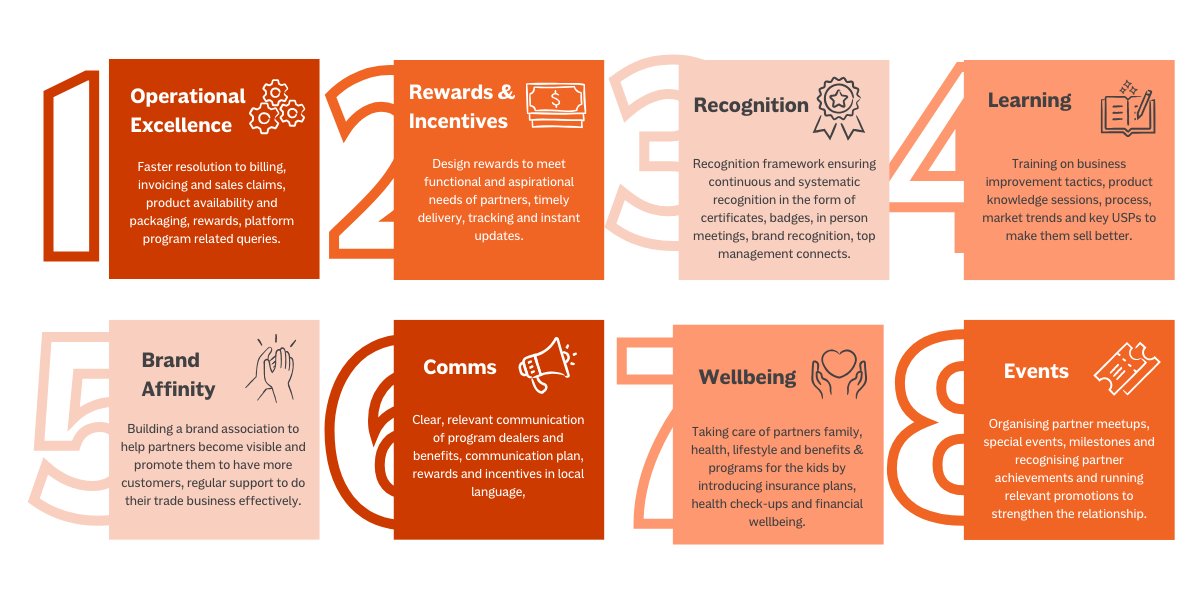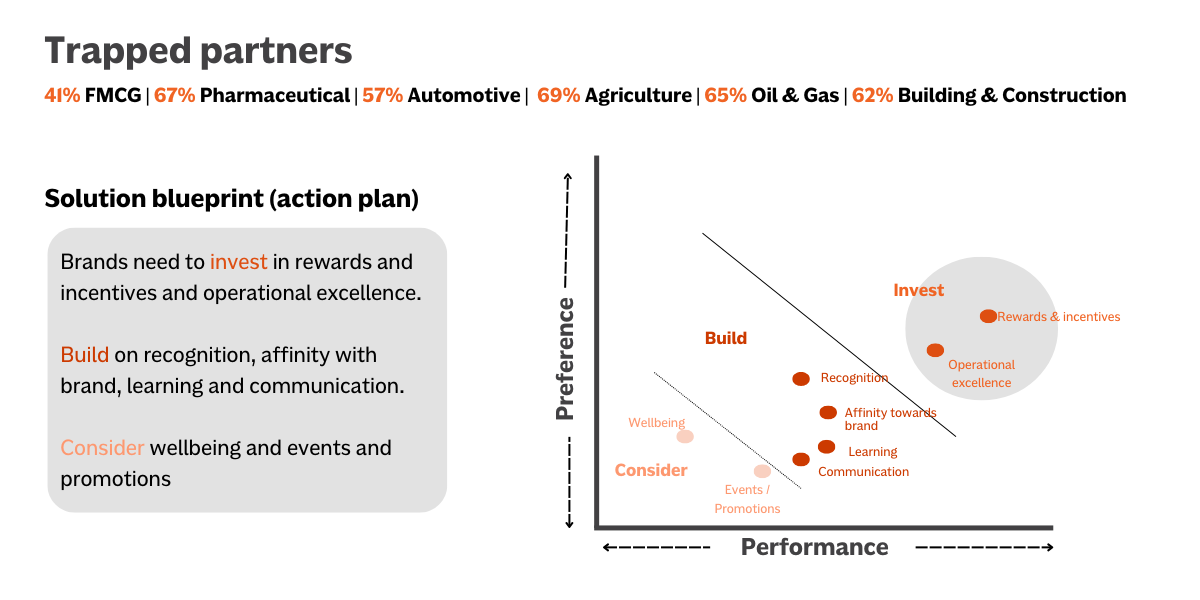When it comes to the relationship between a brand and its channel partners, the ultimate goal is often loyalty. Channel engagement programmes are designed with this objective in mind. After all, when we achieve brand advocacy and loyalty, we see increased sales, enhanced customer experience, and many other benefits.
But how do you measure success?
Are all high performing channel partners motivated and engaged with the brand or is the relationship purely transactional, placing it at risk of influence of a better deal from a third party?
If you had to accurately evaluate your channel partner relationship, what would your conclusion be? Is it strong, weak, or somewhere in between? Can a relationship, especially one between a brand and its distributors, retailers, and influencers truly be measured?
Understanding the dynamics of channel partner relationships is crucial for driving sales success. Strong relationships can lead to increased market reach, better customer satisfaction, and higher revenue. Conversely, weak relationships can hinder growth and create barriers to achieving sales targets.
In this article, based on our first-of-its-kind research conducted in partnership with KANTAR, we explore various methods and channel partner metrics to effectively assess and strengthen our clients’ channel partner relationships, ensuring their brand’s continued success in today’s competitive marketplaces.
- The key to unlocking channel partner loyalty
- The importance of channel partner relationships
- Key metrics for measuring channel partner success
- Our research with Kantar
- The Channel Affection Matrix: A tool to measure channel partner engagement and loyalty
- Are your channel partners engaged, trapped, unattached or vulnerable?
- Strategies for strengthening channel partner relationships
The key to unlocking channel partner loyalty
At BI WORLDWIDE, we understand that when people are emotionally invested and feel engaged, they act. And how they FEEL has a significant impact on what they DO and how they do it. When we feel emotionally connected to a task, our DO (our commitment and the intensity of our effort) is amplified. Therefore, if we want to take our channel partner relationships beyond being purely transactional, we need to make them FEEL with strategies that create emotional connections and make them ‘want’ to act.

The importance of channel partner relationships
Engaged and motivated channel partners enable brands to build steady, long-term relationships with customers and create new revenue streams. Understanding the ambitions and aspirations of channel partners is the first step towards cultivating strong and profitable channel partnerships. But how do you spot an engaged channel partner? Deepening engagement by building emotional connections between brands and channel partners strengthens relationships and provides solid foundations for long-term sustainable growth.
Key metrics for measuring channel partner relationships
The most obvious measure of engagement within your channel partners is their sales activity, including typical KPIs such as value, volume, and order frequency. However, there’s a lot more going on behind the scenes to track brand engagement activity, including end customer acquisition, referral activity, co-marketing and promotion engagement, and training participation. Measuring not only the sale, but the behaviours and activities along the journey of a sale, can support enhanced outcomes.
Our research with KANTAR
BI WORLDWIDE commissioned KANTAR to conduct first-of-its-kind research to uncover what really goes on behind the scenes to drive channel partners’ loyalty and engagement. From our extensive qualitative and quantitative research findings, based on in-depth interactions with 700+ channel partners, it was evident we needed a highly sophisticated tool to measure the existing status of brand-channel partner association. Such a tool didn’t exist, so we created the Channel Affection Matrix.
Introducing the Channel Affection Matrix: A tool to measure channel partner engagement and loyalty

The Channel Affection Matrix is a unique model designed to measure the strength of brand-channel partner relationships and identify the key moments and touchpoints crucial for building stronger connections.
It evaluates the current relationship status based on two factors: ‘performance’ and ‘preference’.
- Performance is defined as extreme satisfaction with the brand, meeting all needs and expectations.
- Preference is defined as the likelihood of channel partners continuing with the brand in the following year and their confidence in recommending the brand to industry peers.
How it works:
1. The ‘performance’ and ‘preference’ scores are derived from their correlation with eight engagement drivers – Operational Excellence, Rewards & Incentives, Recognition, Learning, Brand Affinity, Communication, Wellbeing, and Events

2. Based on these scores, the partner is placed into one of the four affection matrix quadrants – Engaged, Trapped, Unattached and Vulnerable.
Are your channel partners engaged, trapped, unattached or vulnerable?
Engaged channel partners
Engaged channel partners are satisfied with a brand and recommend it. Their scores suggest they’re driven by both ‘performance’ and ‘preference’, they don’t face many roadblocks in their dealings with the brand, and want to continue to work with them. Unfortunately, only 22% of channel partners that featured in the research were truly ‘Engaged’.
Brands should endeavour to take steps so that all their channel partners feel Engaged.
Trapped channel partners
Our research showed that nearly 50% of the channel partners feel ‘Trapped’ with the brand they work for, i.e. they’re not satisfied with it but recommend it. The reasons could include resistance to change, a reputation-driven mindset, lack of other options to move to, and more.
Driven only by ‘preference’, the brand is often replaceable for these channel partners, and it’s only a matter of finding a more trusted and reliable brand.
To improve this position, brands should focus on the top engagement drivers: Operational Excellence, Rewards & Incentives, Recognition, and Learning to identify what’s lacking and close the gaps to improve ‘performance’.
Vulnerable channel partners
Some channel partners are neither driven by ‘performance’ nor by ‘preference’. They make up the ‘Vulnerable’ quadrant and are neither satisfied with the brand nor prefer it. At 23%, this group was the second largest of those researched in terms of volume and needs the most work to transform them into Engaged partners.
Unattached channel partner
Unattached channel partners are driven only by ‘performance’ and made up only 6% of the researched group. Their relationship with the brand is purely transactional. Brands are dispensable to them and will be replaced at the slightest inconvenience.
Brands need to build an emotional connection with these channel partners with initiatives such as targeted communication, strategic recognition, personalised schemes, and rewards.
Strategies for strengthening channel partner relationships
Through greater understanding of the drivers of engagement and how they correlate with performance and preference, we can begin to work on strategies to move the engagement needle.
We designed the IBC (Invest, Build, and Consider) Solution Framework to develop brand-specific solutions for maximising channel partner engagement.
Invest
Invest ‘engagement drivers’ are the most critical for brands to focus on to enhance ‘preference’ and ‘performance’ and generate a positive impact on the brand-channel partner relationship. Failure to focus on these aspects leads to a greater risk of dissatisfaction amongst channel partners.
Build
Build ‘engagement drivers’ are critical for brands to focus on to enhance ‘preference’ and ‘performance’ and generate a positive impact on the brand-channel partner relationship. Failure to focus on these aspects leads to a moderate risk of dissatisfaction amongst channel partners.
Consider
Consider ‘engagement drivers’ are not so important for brands to focus on to enhance ‘preference’ and ‘performance’ as they have limited or marginal impact on the overall brand-channel partner relationship. However, considering ‘engagement drivers’ can quickly move into the ‘build’ area, so we recommend always keeping them in mind.
Getting all channel partners engaged
Each industry and brand have a unique Affection Matrix and a unique IBC Solution Framework, meaning that specific industry or brand issues can be addressed.
For example, our research showed that across all six key industries covered, the highest proportion of channel partners fell into the Trapped quadrant. Based on their scores, the IBC Solution Framework helps to identify where to direct efforts and resources to improve engagement.

For brands whose channel partners fall into the Trapped quadrant, they should focus primarily on the ’build’ area—a high performance, low preference area. This means building on recognition, brand affinity, and learning and communication strategies for their channel partners.
As a short-term measure, brands should look to invest in rewards and incentives and operational excellence strategies due to their correlation with high performance and preference.
Wellbeing and events/promotions engagement drivers fall into the ‘consider’ area due to their low preference, low performance correlations. Whilst these drivers don’t require immediate action for impact, they can quickly move from ‘consider’ to ‘build’, which is why we recommend monitoring them carefully.
The path to mutual success
Understanding your channel partner landscape is critical to effective programme design and optimised channel performance. Using the eight drivers of engagement, our Channel Affection Matrix helps design targeted, multi-layered incentive and loyalty programmes that reward channel partners, not just on what they ‘do’ but also on how they ‘feel’ for both short- and long-term success.
Get in touch
Learn more about how we approach reward and recognition solution design to maximise channel partner engagement and loyalty.
